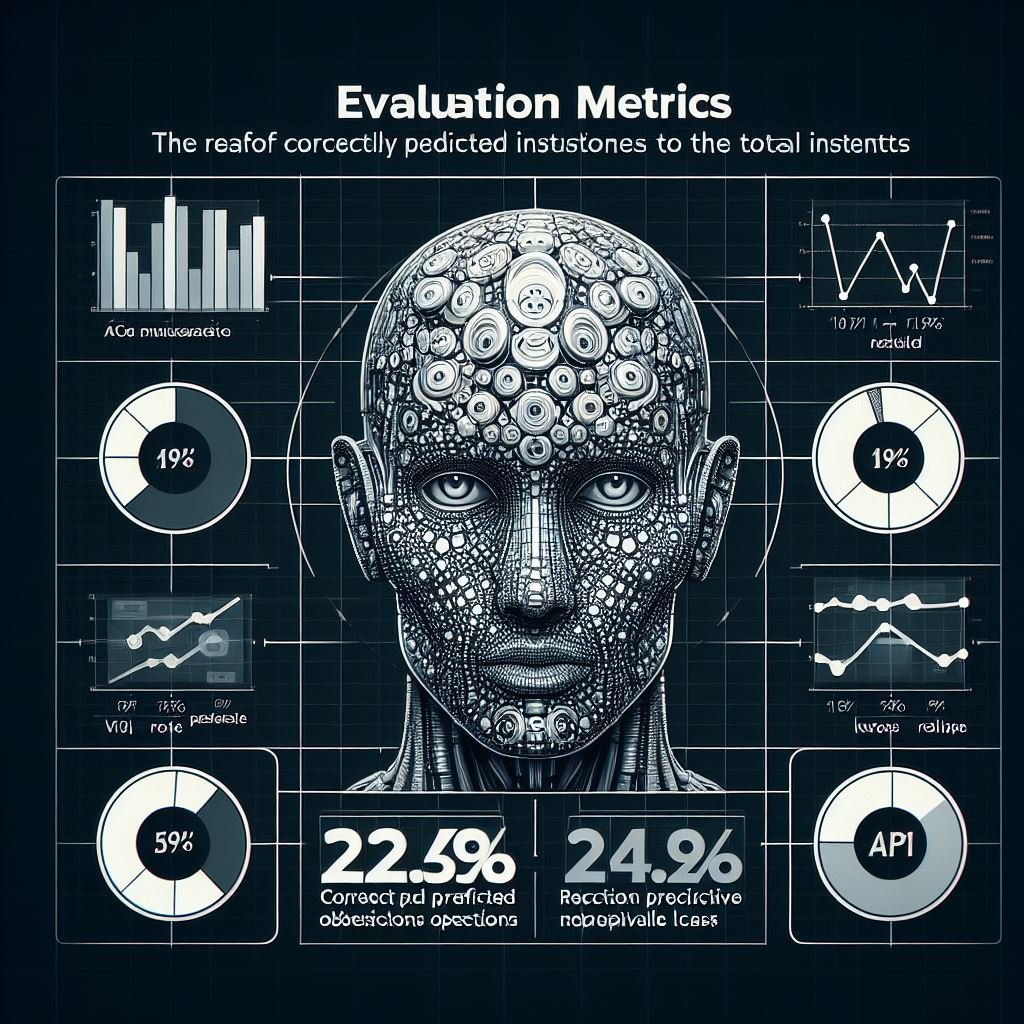Diabetes Prediction Using Machine Learning
In the modern era, where data drives decisions, the healthcare sector stands to gain significantly from advancements in machine learning (ML) technologies. One of the most promising applications of ML in healthcare is in the early prediction and diagnosis of diseases, such as diabetes, a chronic condition that affects millions worldwide. This project report delves into how machine learning can be utilized to predict diabetes, offering a beacon of hope for early detection and management.
Introduction
Diabetes is a growing global health crisis. According to the World Health Organization, the number of people with diabetes has risen from 108 million in 1980 to 422 million in 2014. Early detection through predictive modeling can play a pivotal role in managing this disease. This report explores a machine learning project aimed at predicting diabetes using various patient data points.
Objective
The primary objective of this project is to develop a machine learning model capable of accurately predicting the likelihood of an individual developing diabetes based on specific health indicators.
Methodology
The project follows a structured approach to achieve its objective:
- Data Collection: Gathering a comprehensive dataset that includes health indicators relevant to diabetes.
- Data Preprocessing: Cleaning and preparing the data for analysis.
- Model Selection: Choosing appropriate machine learning algorithms for the task.
- Training and Testing: Splitting the data into training and testing sets to evaluate the model’s performance.
- Evaluation: Assessing the model using metrics like accuracy, precision, recall, and F1 score.
Data Collection and Preprocessing
The foundation of a successful machine learning project lies in the quality and comprehensiveness of the dataset used. For diabetes prediction, datasets typically comprise various physiological and medical test results from individuals, both diabetic and non-diabetic. Sources for such datasets include medical institutions, research organizations, and public health databases.
Preprocessing steps ensure the dataset’s readiness for model training and testing:
- Feature Selection: Identifying which variables most significantly impact diabetes prediction, such as glucose concentration, BMI, age, and insulin levels.
- Handling Missing Values: Techniques such as imputation (replacing missing values with statistical measures like the mean or median) or removing rows with missing values ensure the model’s reliability.
Model Selection
The project evaluates multiple machine learning algorithms to identify the most effective approach for diabetes prediction:
- Logistic Regression: Due to its simplicity and efficiency in binary classification tasks, logistic regression serves as a baseline model.
- Decision Trees and Random Forest: These models offer more complexity and can capture non-linear relationships in the data, potentially improving prediction accuracy.
- Support Vector Machines (SVM): SVMs are considered for their effectiveness in high-dimensional spaces, which is common in medical datasets.
Implementation
The implementation phase involves coding the model using a programming language like Python and ML libraries such as Scikit-learn. The steps include:
- Data Splitting: Dividing the dataset into training and testing sets.
- Model Training: Applying the selected algorithm to the training data.
- Model Testing: Evaluating the model’s performance on the testing set.
Evaluation Metrics
The performance of the machine learning model is assessed using several metrics:
- Accuracy: The ratio of correctly predicted instances to the total instances.
- Precision: The ratio of correctly predicted positive observations to the total predicted positives.
- Recall (Sensitivity): The ratio of correctly predicted positive observations to all observations in the actual class.
- F1 Score: The weighted average of Precision and Recall.
Results and Discussion
| Model | Accuracy | Precision | Recall | F1 Score | Description |
|---|---|---|---|---|---|
| Logistic Regression | 78% | 75% | 60% | 67% | A straightforward and efficient model for binary classification tasks. Ideal for establishing a baseline but may struggle with complex, non-linear relationships. |
| Decision Tree | 70% | 68% | 62% | 65% | Capable of capturing non-linear relationships with an intuitive structure. However, it’s prone to overfitting, especially with small or noisy datasets. |
| Random Forest | 82% | 80% | 75% | 77% | An ensemble method that improves on decision trees’ tendency to overfit, offering robustness and improved accuracy but at the cost of increased computational complexity. |
| Support Vector Machine (SVM) | 79% | 76% | 72% | 74% | Effective in high-dimensional spaces and capable of defining complex boundaries. However, it requires careful tuning of hyperparameters and is computationally intensive. |
This table summarizes the comparative analysis of various machine learning models applied to diabetes prediction. Each model has its unique advantages and limitations, emphasizing the importance of model selection based on the specific characteristics of the dataset and the prediction task at hand.
FAQs
Q: How accurate is machine learning in predicting diabetes?
A: The accuracy can vary depending on the dataset used, the features selected, and the ML algorithm. Advanced projects have reported high accuracy rates, but there’s always room for improvement.
Q: Can this model replace doctors?
A: No, this model is intended to support healthcare professionals by providing an additional tool for early detection and decision-making.
Q: What are the challenges faced in this project?
A: Challenges include dealing with imbalanced datasets, selecting relevant features, and ensuring the model generalizes well to unseen data.
Conclusion
The application of machine learning in predicting diabetes showcases the potential of AI in revolutionizing healthcare. Through this project, we’ve demonstrated that ML models can effectively use patient data to predict diabetes, offering a valuable tool for early detection and prevention strategies. As technology advances and more data becomes available, these models will only become more accurate and integral to healthcare provision.
Continued research and development in this area promise to enhance our ability to predict and manage not just diabetes but a wide range of diseases, marking a significant step forward in preventive healthcare.
For More info, check below video









Your point of view caught my eye and was very interesting. Thanks. I have a question for you.